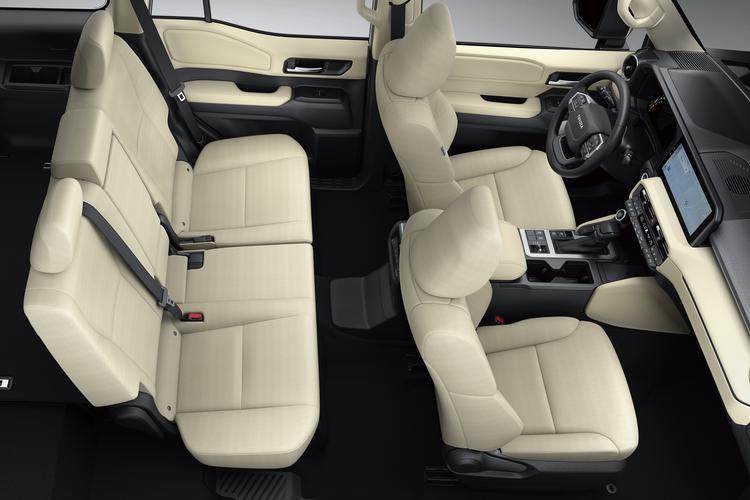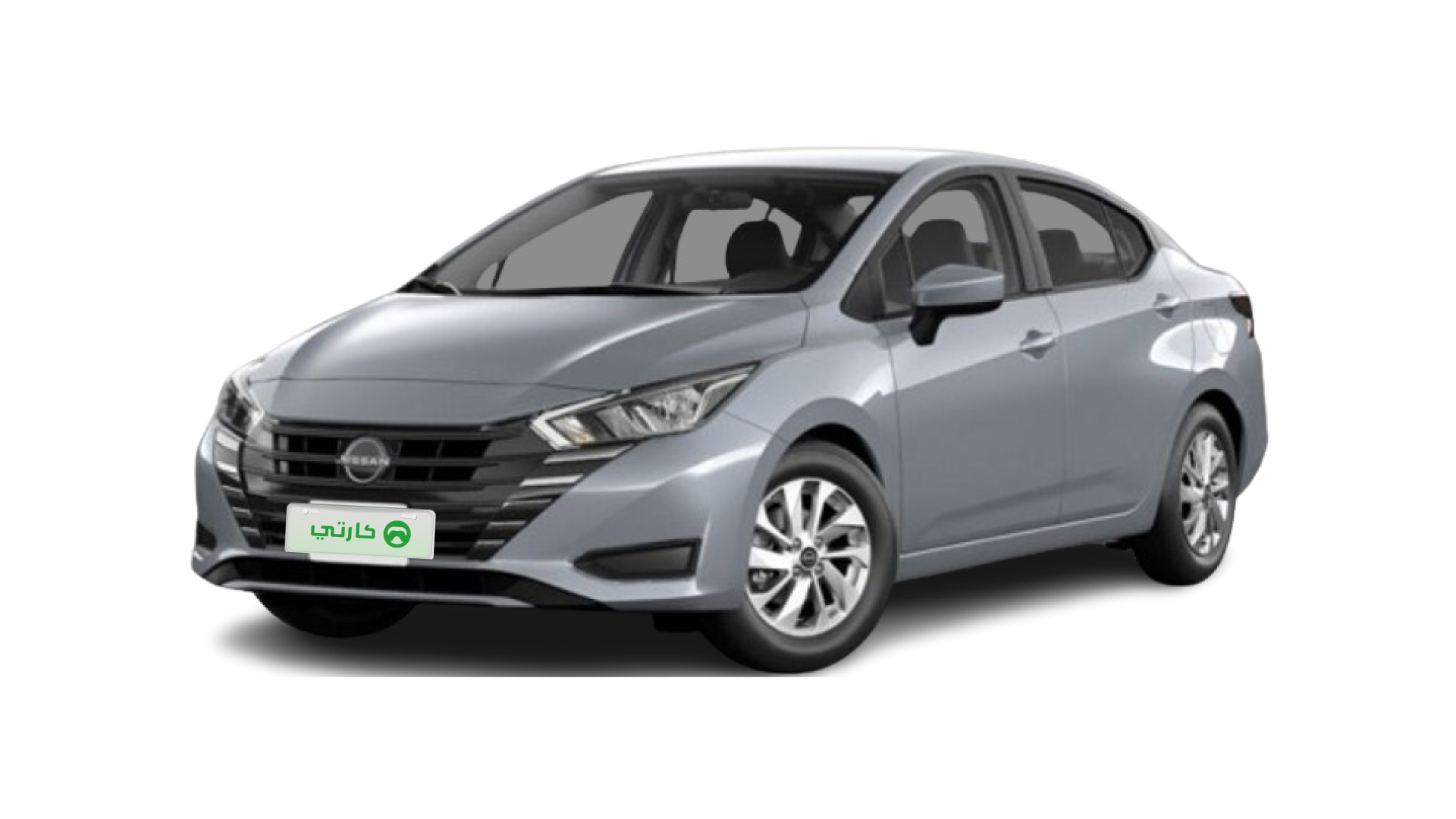Looking for in-depth insights on the new prado engine specs? This guide delivers clear and practical advice on selecting the ideal powertrain for your driving needs. Get ready to explore performance figures, fuel economy, and innovative technologies crafted for both urban and desert conditions.

How to Choose the Right Engine Configuration
Understanding your driving habits is key when selecting an engine. Ask yourself:
Daily driving or off-road adventures? If you need a vehicle for city commutes and occasional rugged terrain, consider the turbo-diesel that offers a balanced blend of 204 HP and 500 Nm torque. For drivers seeking extra power for challenging environments, the hybrid option boosts output to 245 HP and 550 Nm torque.
Fuel budget: The hybrid model delivers a notable fuel economy of 14.2 km/L compared to the gasoline variant's 11.8 km/L, allowing for long journeys with fewer refuels. This is particularly vital when fuel prices are tracked in AED/SAR.
Maintenance considerations: Turbocharged engines typically require oil changes every 10,000 km, whereas the hybrid powertrain may extend service intervals to 15,000 km. This means less downtime and potentially lower long-term maintenance costs for those who value reliability.
Core 2025 Engine Specifications Breakdown
When evaluating the new prado engine specs, a quick glance at the available powertrain options can help solidify your decision. Below is a comparison:
Engine Type | Horsepower | Torque | Fuel Economy |
|---|---|---|---|
2.8L Turbo-Diesel | 204 HP | 500 Nm | 13.4 km/L |
2.4L Hybrid | 245 HP | 550 Nm | 14.2 km/L |
3.5L V6 Gasoline | 280 HP | 365 Nm | 11.8 km/L |
The enhanced cooling system is engineered to maintain stable oil temperatures between 90°C and 110°C even in blistering 50°C desert heat—ideal for UAE and similar climates. Such engineering ensures long-lasting reliability and performance no matter where you drive.
Fuel Efficiency Advancements
Fuel efficiency is at the heart of these new prado engine specs. Here’s a closer look at the improvements:
City driving gains: With the hybrid option, drivers can expect up to 18.7% fuel savings during urban commutes.
Highway performance: The turbo-diesel variant shines on open roads, achieving about 16% better mileage than traditional setups.
Idling reduction benefits: Smart technologies like auto start-stop minimize fuel waste by 7-9% in stop-and-go traffic, ensuring you optimize every drop of fuel.

Maintenance Requirements Explained
Keeping your engine at peak performance is made simple with clear maintenance guidelines:
Oil Changes: Turbocharged engines demand attention every 10,000 km while the hybrid system can extend intervals to 15,000 km.
Air Filter Replacement: A scheduled maintenance every 30,000 km ensures quality air intake and consistent performance across all engine types.
Hybrid Battery Care: Enjoy a peace-of-mind warranty of 10 years or 240,000 km, which reflects the commitment to longevity and reliability in these new prado engine specs.
Technology Upgrades for 2025 Models
The latest innovations further refine these engine offerings with added driver convenience and safety features:
Adaptive cruise control supported by predictive terrain mapping helps you navigate diverse driving conditions effortlessly.
Hill descent assist combined with automatic traction distribution ensures stability on steep or unpaved roads.
An integrated power flow monitoring display provides real-time insights into hybrid system performance, so you always stay informed about your vehicle’s dynamics.
Comparing Engine Performance Packages
The new prado engine specs cater to both urban and adventurous lifestyles. Two distinct packages help you choose a configuration that fits your needs:
City Commuter Package:
Auto start-stop technology reduces idle fuel consumption
Eco driving mode optimizes the driving performance
Enhanced cabin insulation that maintains low noise levels (around 62 dB at 100 km/h)
Desert Explorer Package:
Heavy-duty radiator and transmission oil cooler to withstand extreme conditions
Enhanced air filtration to combat dust and high temperature effects
Robust engine performance designed with GCC standards in mind
FAQ
What are the key differences between the engine options offered in the 2025 New Prado?
The main differences lie in power output, fuel efficiency, and suitability for varying driving conditions. The 2.8L Turbo-Diesel offers a balanced performance ideal for drivers who value consistent torque and reliability, especially in harsh desert climates. The 2.4L Hybrid boosts horsepower and offers a higher fuel economy, making it a great choice for those facing daily urban traffic and extended journeys. The 3.5L V6 Gasoline variant, while powerful, focuses more on high initial performance. Each option is designed to meet strict GCC certification standards, ensuring they perform reliably regardless of environmental challenges.
How do the new prado engine specs perform in extreme temperatures?
Engine performance in extreme temperatures is a major focus of the 2025 upgrades. The redesigned cooling system and heavy-duty radiators work together to keep engine temperatures stable even when ambient temperatures soar above 50°C. This is particularly beneficial for drivers in the Gulf region, where high temperatures are a routine challenge. These adaptations help maintain optimum engine efficiency and prevent thermal degradation over long drives. With robust temperature-resistant engineering, you can rely on consistent performance in both daily commutes and off-road adventures.

How can I optimize fuel efficiency with the new prado engine specs?
Maximizing fuel efficiency with these new prado engine specs involves both technological features and smart driving habits. Selecting the hybrid model can yield up to 18.7% fuel savings in city conditions, while the turbo-diesel option also provides improved mileage on highways. Utilizing features like auto start-stop and eco driving modes further reduce fuel consumption. Regular maintenance, such as timely oil changes and air filter replacements, ensures your engine runs smoothly and continues to meet its rated fuel efficiency. In essence, coupling advanced technology with proactive upkeep paves the way for better fuel management.
What are the recommended maintenance intervals for the various engine types?
Maintenance requirements vary depending on the powertrain you choose. Turbocharged engines typically require oil changes every 10,000 km, ensuring that the engine remains well-lubricated and efficient. Hybrid systems usually benefit from a longer interval, with oil changes scheduled every 15,000 km, which may contribute to lower overall maintenance costs. All engine types need an air filter replacement every 30,000 km to maintain optimal airflow and performance. Additionally, the hybrid variant comes with a generous battery warranty covering 10 years or 240,000 km, underscoring its durability and reliability.
This article is for reference only. Please refer to local laws and regulations.
Read More:
Who Invented the Car? Automotive History & 2025 Trends
How to Make Appointment for Car Inspection :Your Complete Guide
8 pics

Abdul Rahman is an avid car enthusiast with over a decade of self-driving travel experience. He loves hitting the road in various vehicles, exploring different landscapes. Besides, he enjoys sharing practical knowledge about car usage, helping fellow drivers solve problems and make the most of their rides.




















